No products in the cart.
The Spartan Sword (#1363)
The Spartan Sword
Inspirational, Ancient Greek Sword
The tale of “Leonidas and his brave 300” has inspired many works of fiction, including poems and in recent years films and novels. One of the most famous is the 1998 graphic novel “300” by Frank Miller. This work featured a unique artistic style that was adopted into a 2007 film by the same name. The battle-ready swords used by the Spartans in the film is not historically based but still has managed to become an extremely popular among purveyors of fine quality swords. The Spartan sword is short and single edged. Narrow at the shoulders and widening towards the tapered and curved tip. The unique looking curved guard and pommel provide partial hand protection. This blade may not be a historical model, but would be deadly in the hands of any Spartan.
USD520.00 – USD620.00Price range: USD520.00 through USD620.00
SKU: N/A
Categories: Fantasy Swords, Halloween Fantasy Swords, Medieval Swords, One Handed Sword, Swords
The Spartan Sword
Inspirational, Ancient Greek Sword
Few tales of historical conflicts have stirred the imagination, have sparked patriotic fervor, or have galvanized the underdog within us all as the Battle of Thermopylae.
In the early 5th century BC Xerxes the Great, ruler of the Persian Empire, began his rule and set out to conquer all Greece. The Persian army at the time was purportedly one million fighting men, an unheard-of amount of soldiers, who would surely roll through defenses and crush resistance by lesser, decentralized forces (scholars dispute the one million number, but agree that the Persian force was vast by ancient standards). The woefully outnumbered Greeks met the Persians at the Pass of Thermopylae, and though they were brave warriors from an age of heroes they could not turn the tide. Finally the armies of the Greeks retreated, leaving behind a small rearguard led by King Leonidas of Sparta and his chosen 300. What followed was a last stand that almost defies description.
Leonidas was King of Sparta when the Persian invasion began, and like the descendant of Heracles ought, he went to the Oracle at Delphi to seek counsel. The prophecy he received stated that the lands in which they lived would either be sacked by the Persians, or mourn the death of a King. Believing that he went to his death, Leonidas selected only men with living sons, numbering 300, to join him. These 300 men, along with a contingent of Thespians, held the narrow way known as “The Hot Gates” against the Persian army. Before King Leonidas and the last Spartan died on the third day, more than 20,000 Persians had been killed and the bulk of the Greek army had escaped. This action allowed the Greeks breathing room to regroup, and a year later the combined forces of the Greek city-states routed the Persian army and sent them limping back to Persia.
Due to the epic nature of the battle (and the epic nature of the one-liners exchanged by the Persian and Spartan forces – when asked to surrender their weapons, Leonidas replied “Come and get them”), the tale of Leonidas and his 300 has sparked films, books, comics, songs, and video games. One of the most famous of these is Frank Miller’s 1998 graphic novel, 300, which was inspired by the 1962 film The 300 Spartans. Miller wrote this award-winning series in five issues that would eventually be adapted in the 2006 Zack Snyder film of the same name. The graphic novel (and the film itself) take considerable liberties with the story, though artistic license excuses much – this retelling of the story is considered the definitive version for this generation.
One area in which the comic series and film take these liberties is in the weapons and armor of the Spartan warriors. Unlike their historical counterparts, these fictional Spartans fight without body armor
or the leather skirts that were standard issue, instead fighting in codpieces, capes, and helmets. The sword too was an original design compared to the historical weapons of the Spartans, though they appear quite fierce when worn by the Spartan warriors on screen.
The Sparta medieval sword is a very slick and maneuverable fantasy-style sword. Perfect for close quarter combat, this battle ready sword can deliver quick cuts and thrusts but truly excels due to its low point of balance. The short rigid blade offers an exceptional handling experience despite the flared blade shape while the sharp tip can deliver destructive thrusts. For fans of the film, the graphic novel, or general fantasy designs will love the look and feel of this sword.
Blade: 5160 High Carbon Steel. Dual Tempered HRc 60
48-50 at the core
Guard and pommel: mild steel
Total length: 27″
Blade length: 21″
Blade width at base: 1 1/2″ – 2.5″ mid blade
Blade Thickness: 5mm
Weight: 2 lbs. 5 oz.
Be the first to review “The Spartan Sword (#1363)” Cancel reply
This site uses Akismet to reduce spam. Learn how your comment data is processed.
Related products
Medieval Swords
Rated 4.5 out of 5
USD570.00 – USD720.00Price range: USD570.00 through USD720.00Fantasy Swords
Rated 5 out of 5
USD675.00 – USD835.00Price range: USD675.00 through USD835.00Medieval Swords
Rated 5 out of 5
USD640.00 – USD800.00Price range: USD640.00 through USD800.00Fantasy Swords
Rated 4.91 out of 5
USD695.00 – USD855.00Price range: USD695.00 through USD855.00Fantasy Swords
Rated 5 out of 5
USD655.00 – USD815.00Price range: USD655.00 through USD815.00Arming Swords
Rated 5 out of 5
USD565.00 – USD720.00Price range: USD565.00 through USD720.00Medieval Swords
Rated 5 out of 5
USD650.00 – USD810.00Price range: USD650.00 through USD810.00Medieval Swords
USD600.00 – USD755.00Price range: USD600.00 through USD755.00
This product has multiple variants. The options may be chosen on the product page Fantasy Swords
Rated 4.5 out of 5
USD680.00 – USD840.00Price range: USD680.00 through USD840.00Medieval Swords
Rated 5 out of 5
USD465.00 – USD495.00Price range: USD465.00 through USD495.00HEMA Swords, WMA Swords and Weapons
Rated 5 out of 5
USD250.00Longsword
Rated 5 out of 5
USD640.00 – USD770.00Price range: USD640.00 through USD770.00


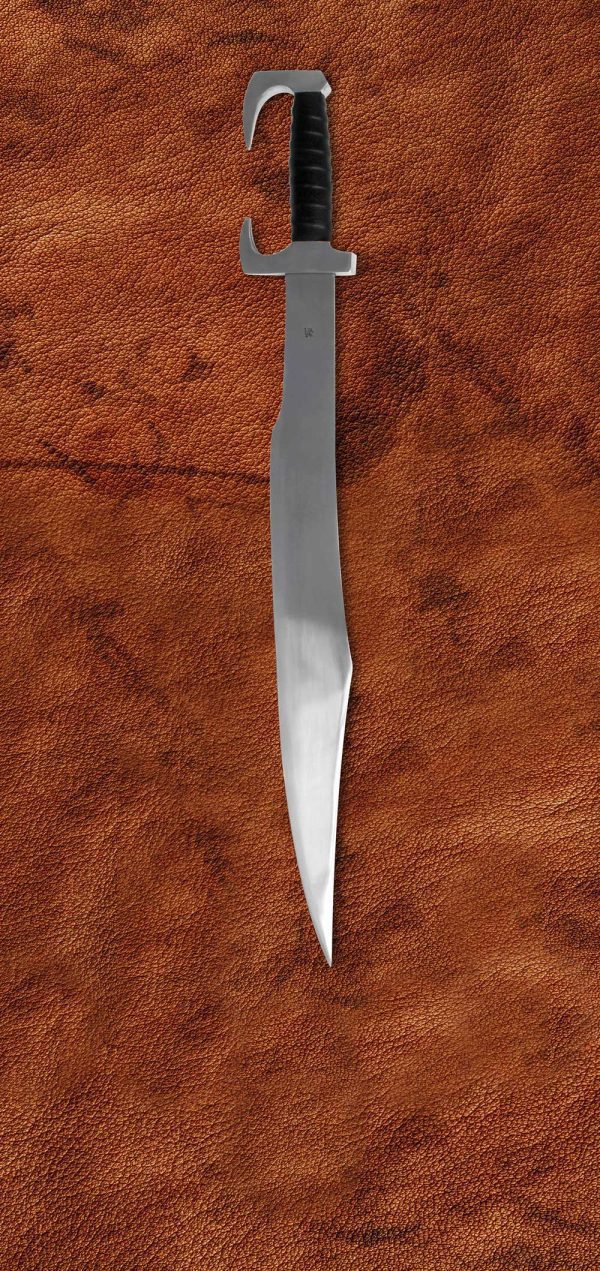
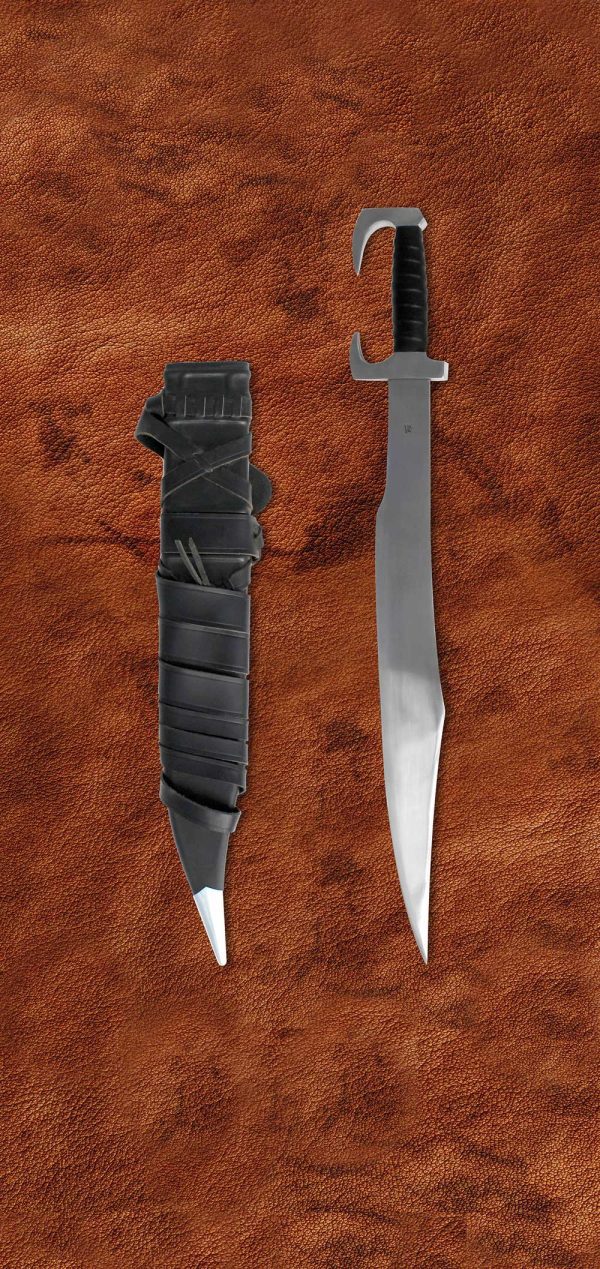
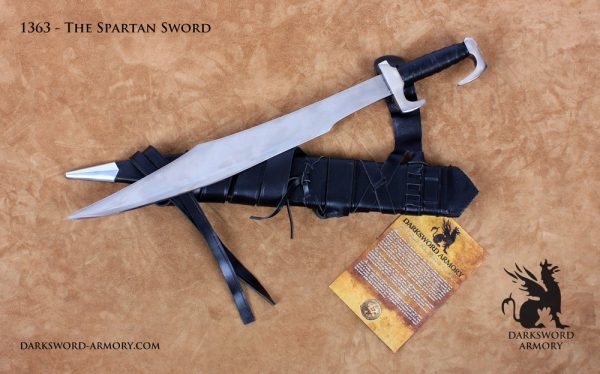
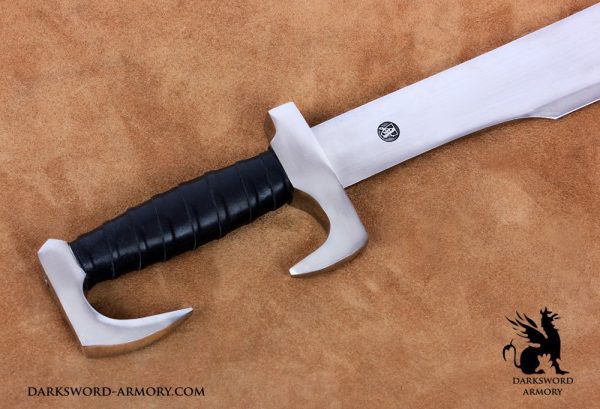
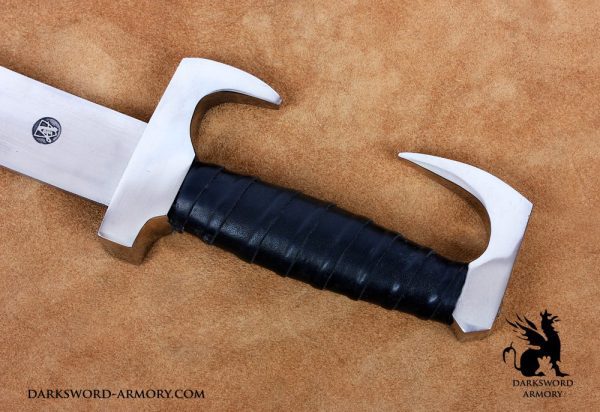
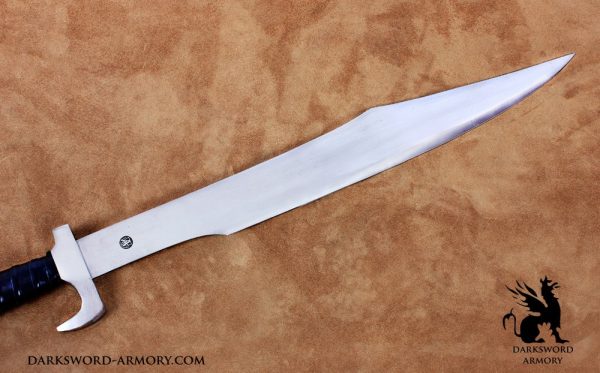
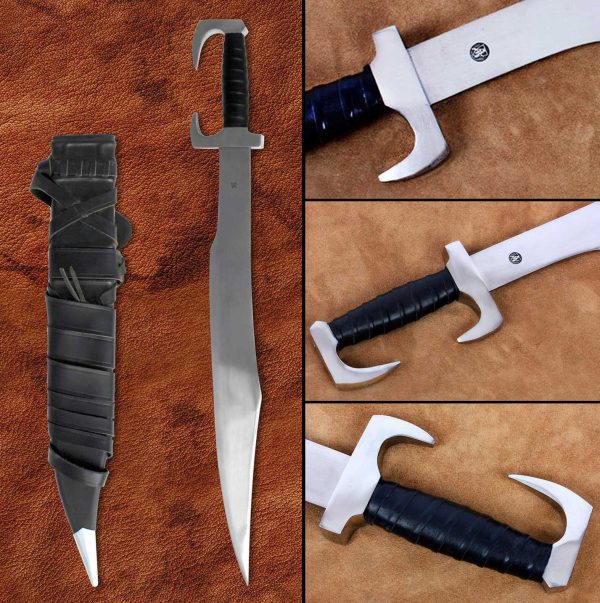
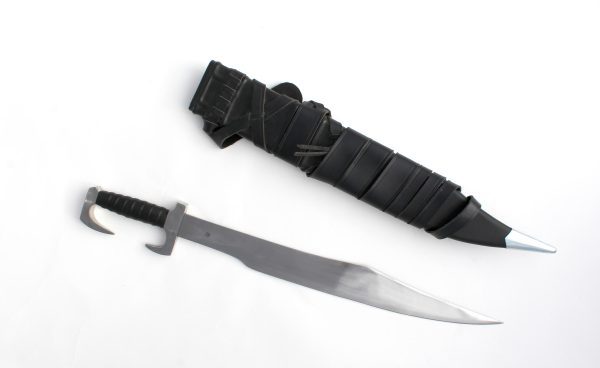
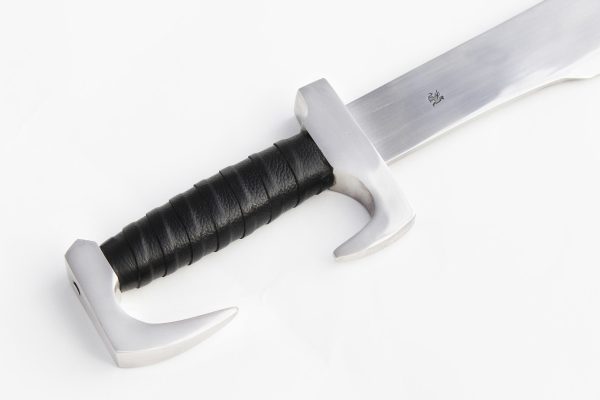
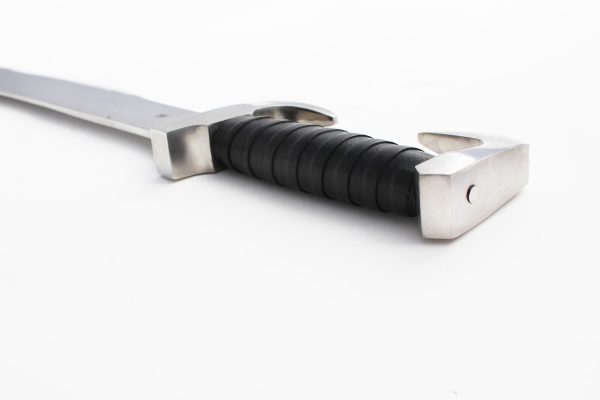
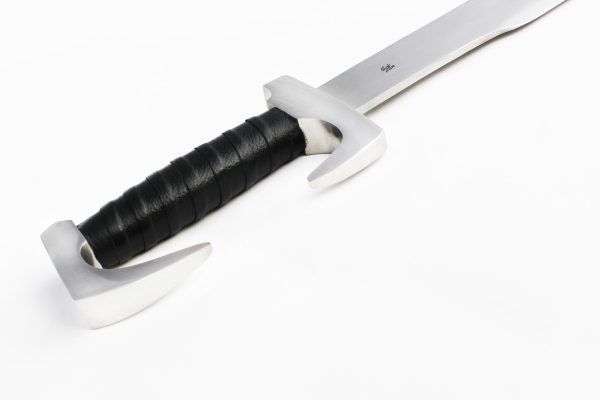
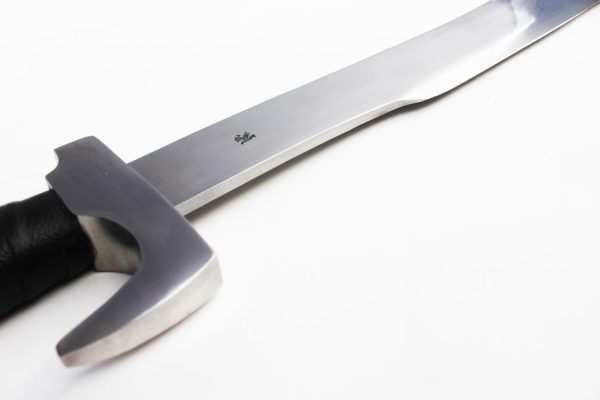
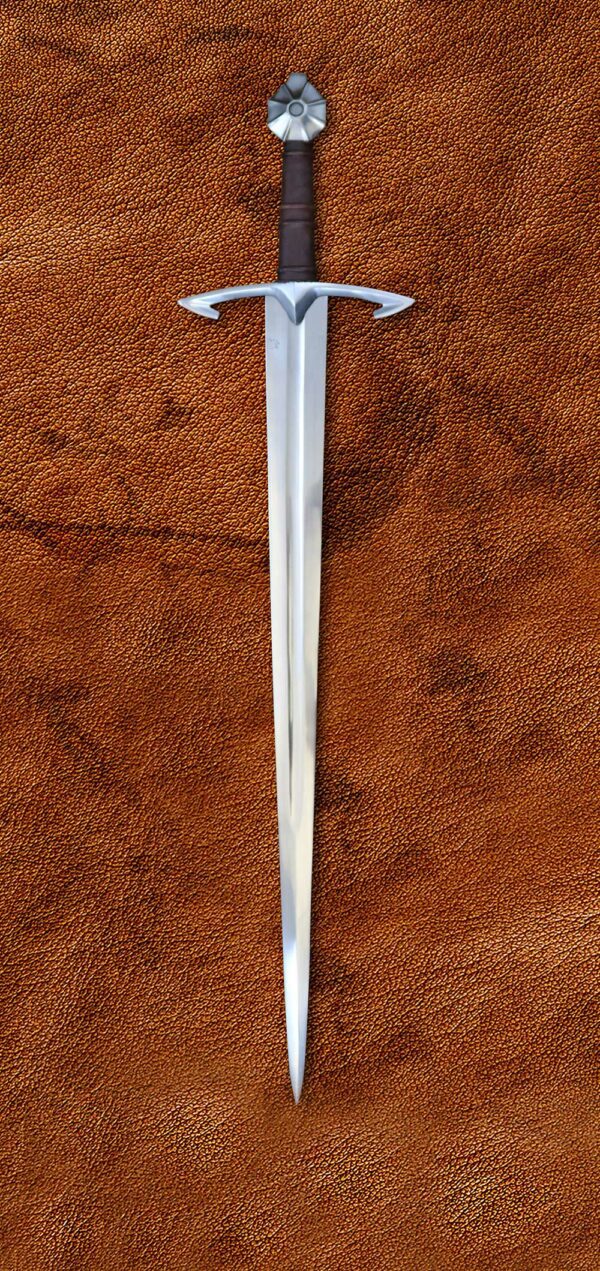
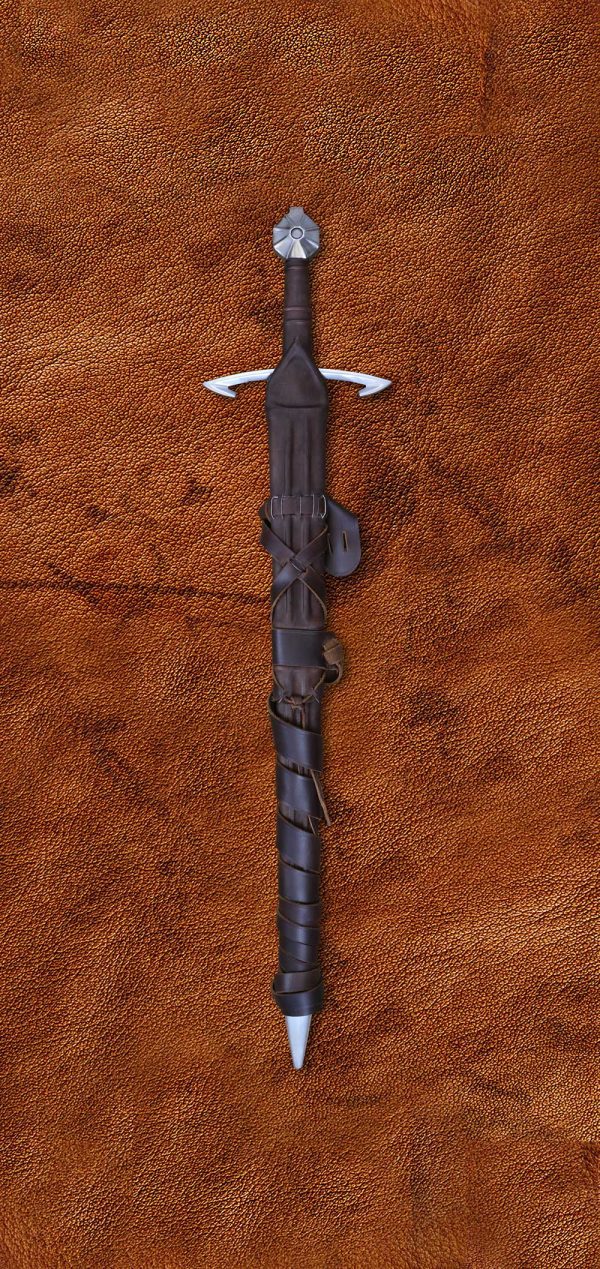
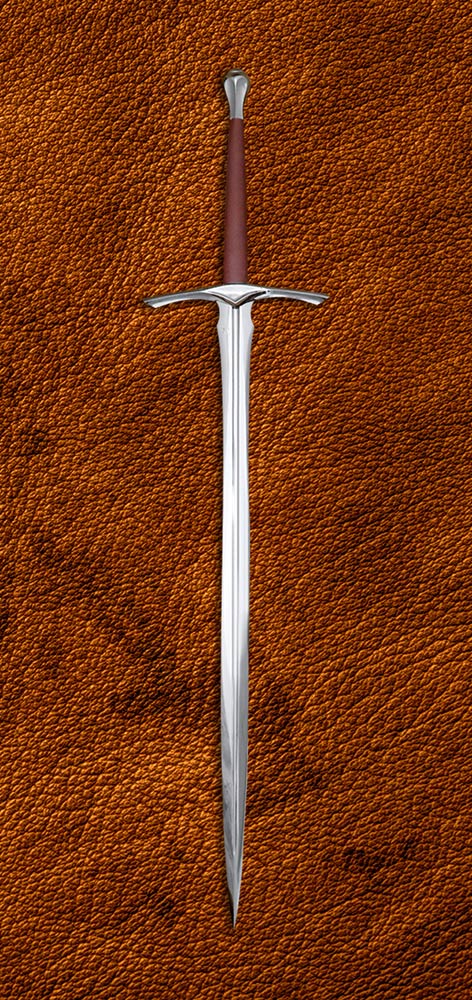
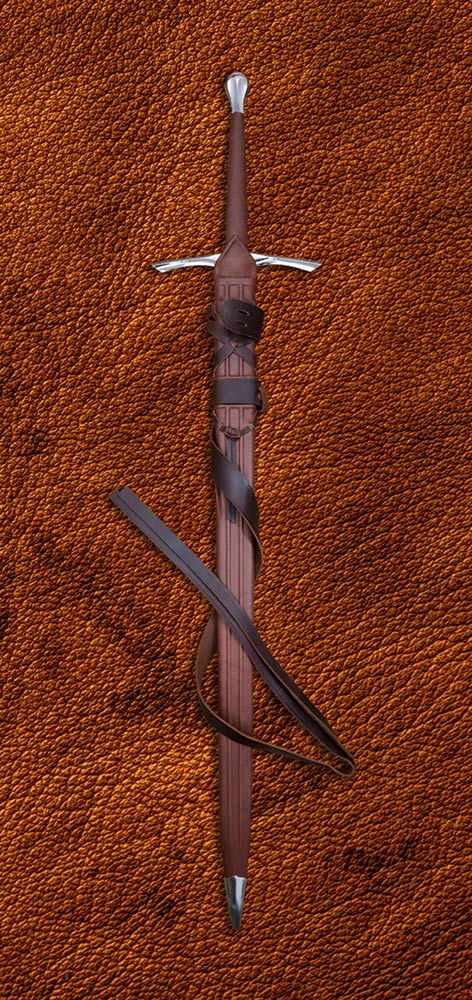
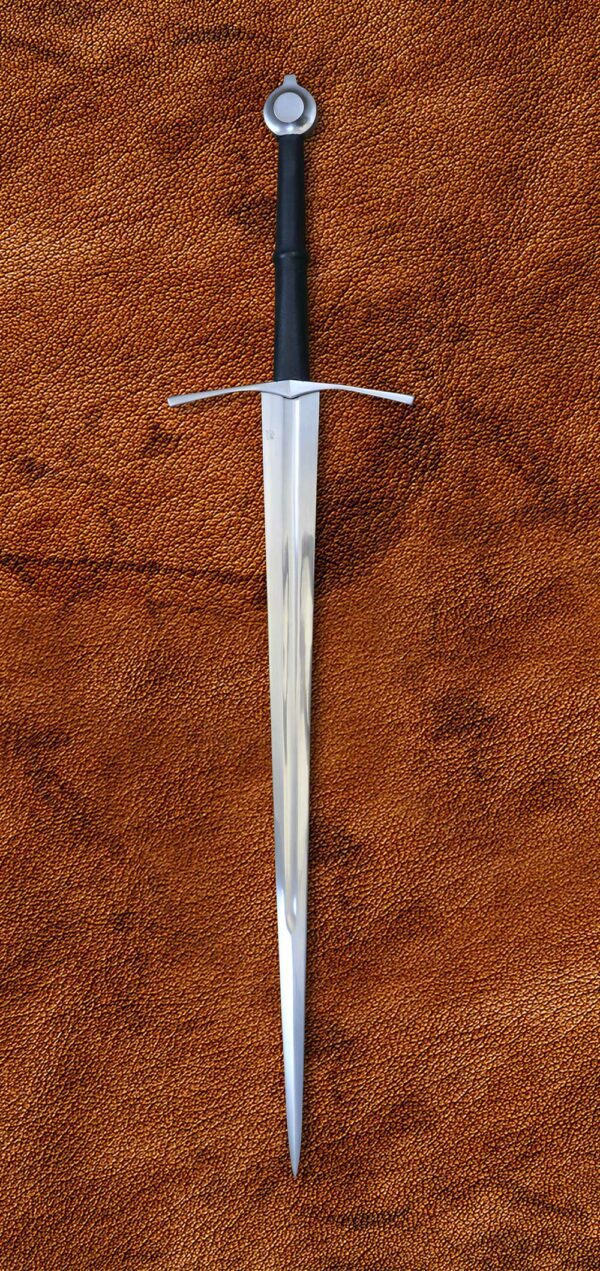
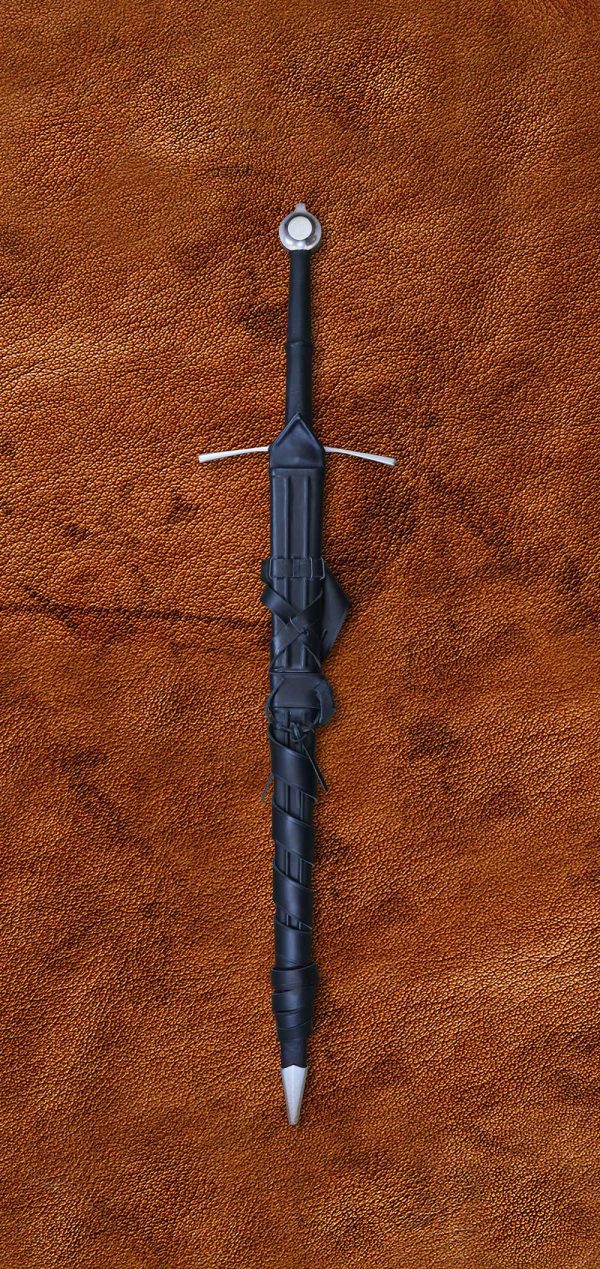
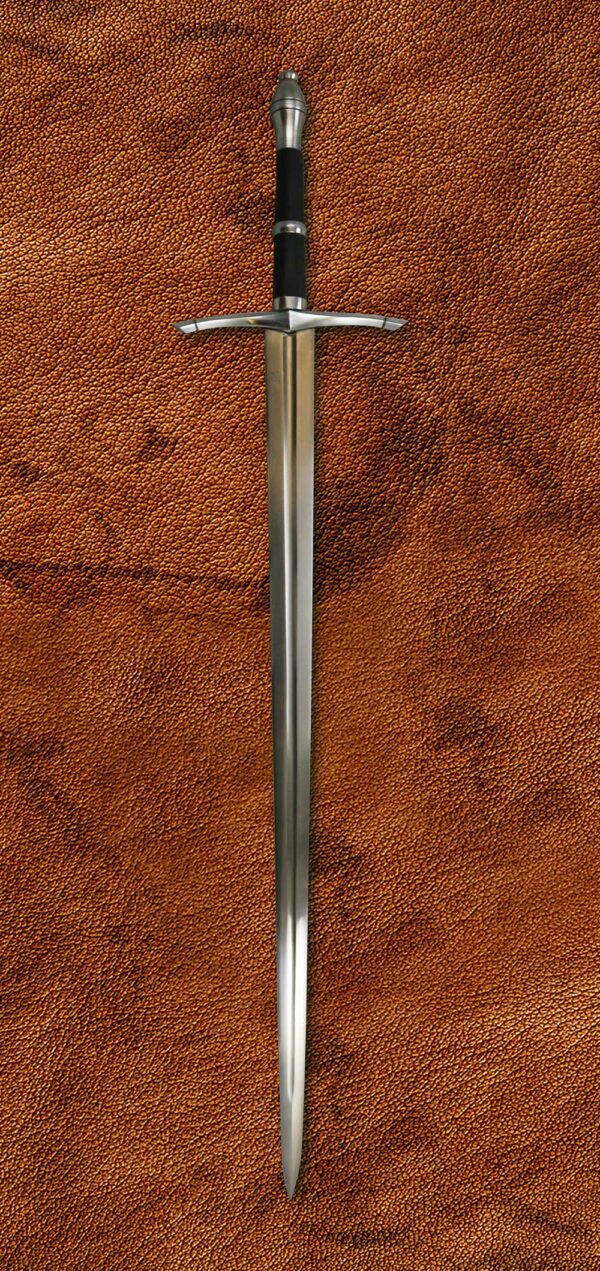
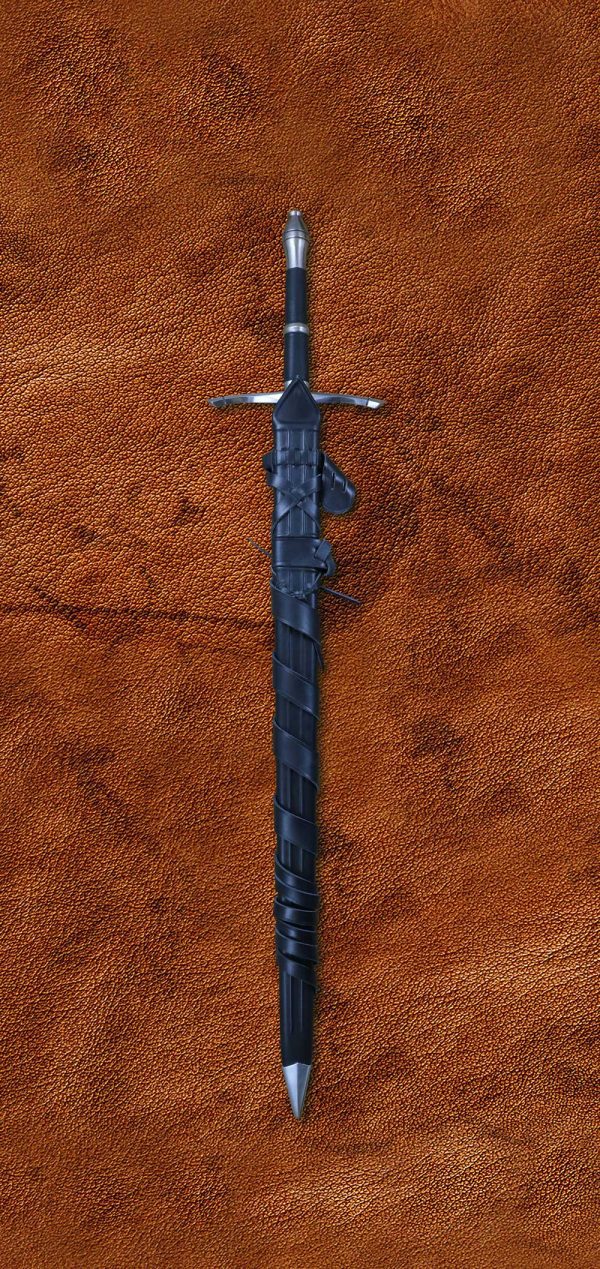
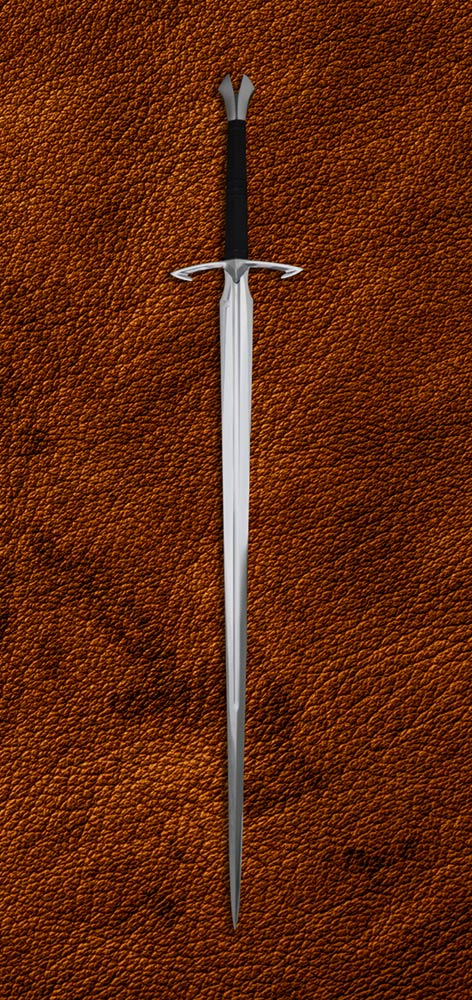
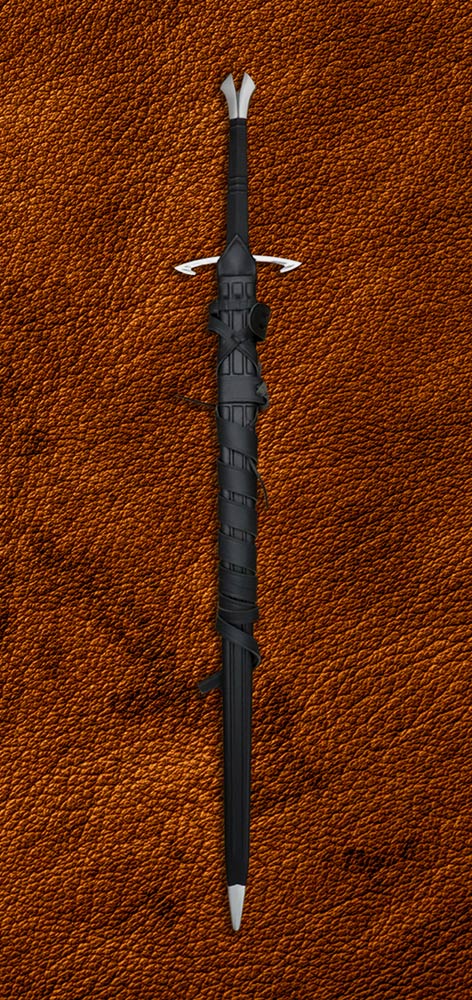
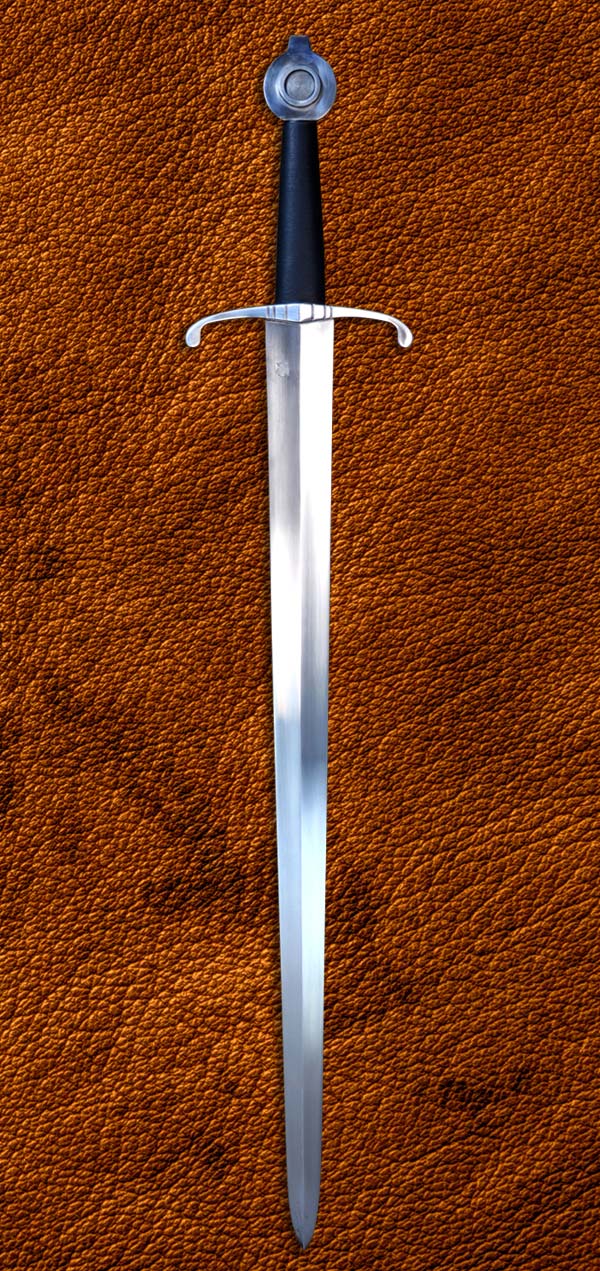
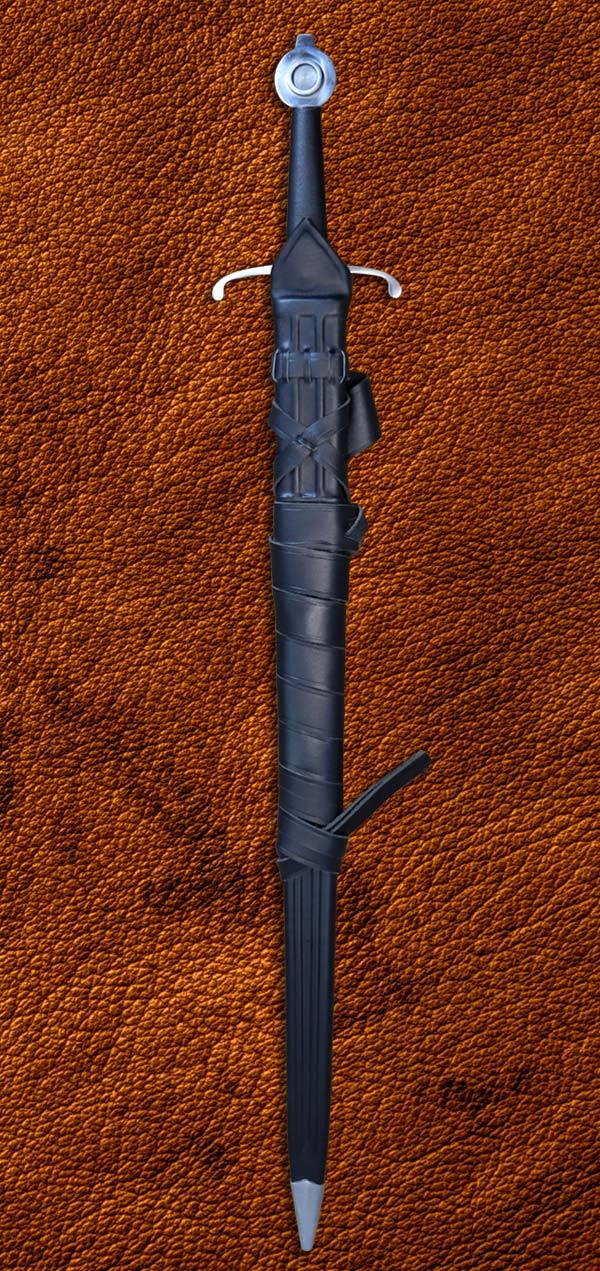
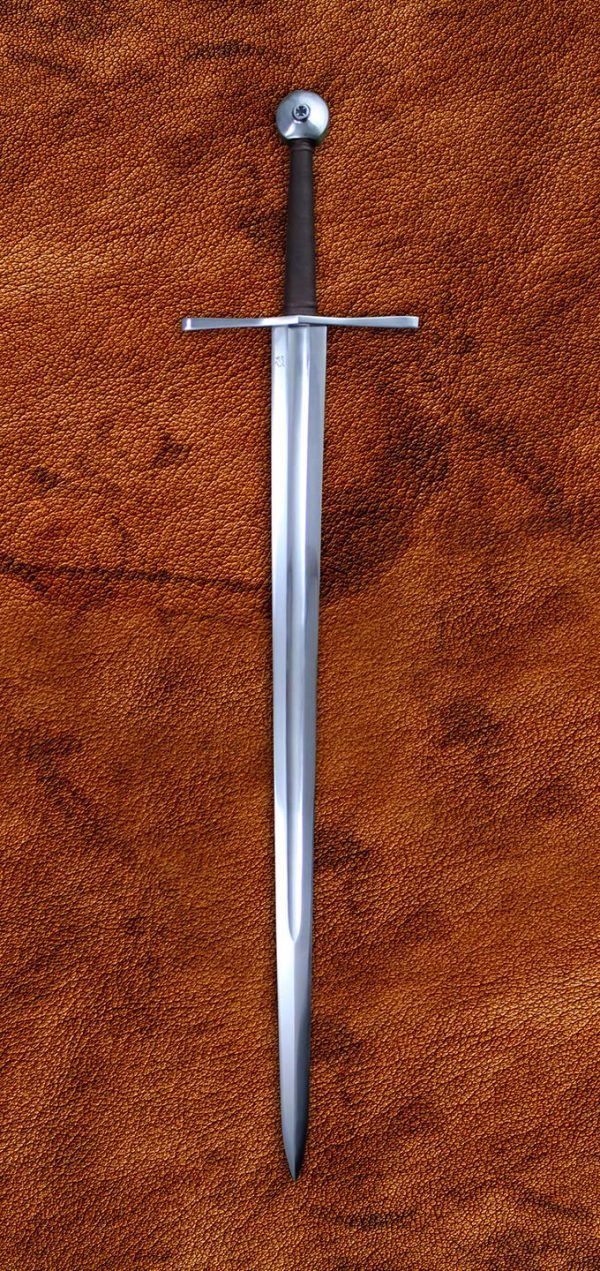
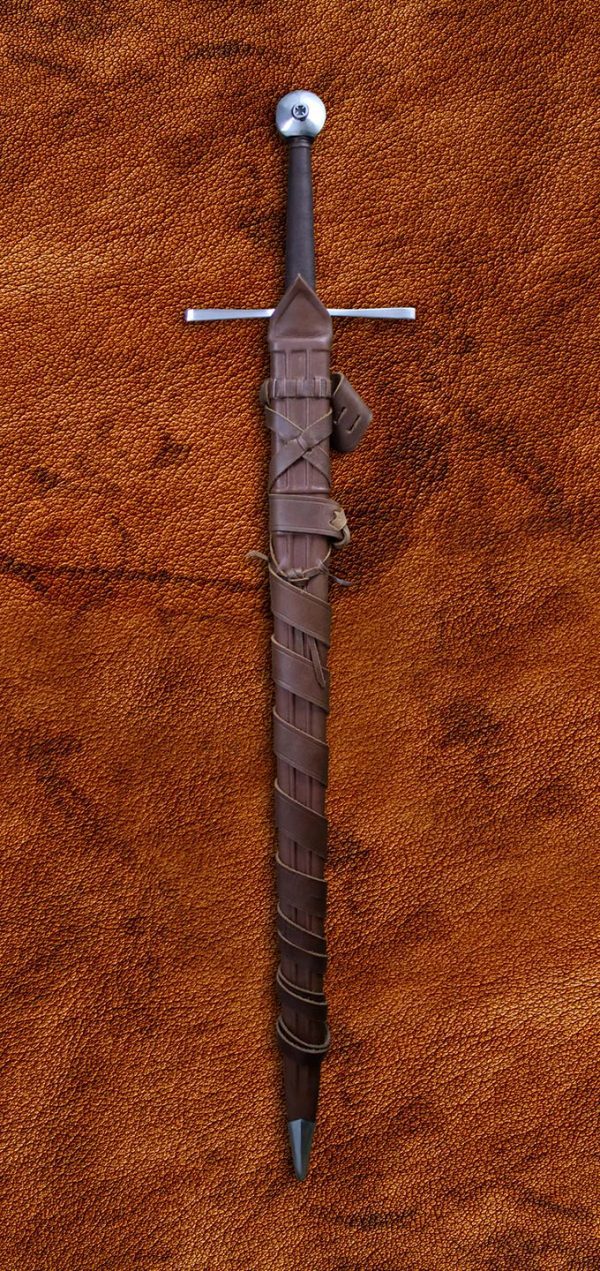
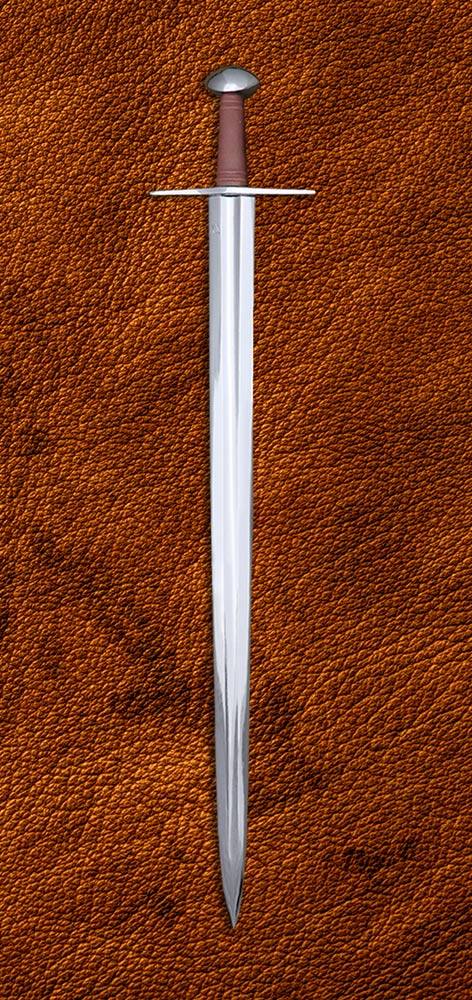
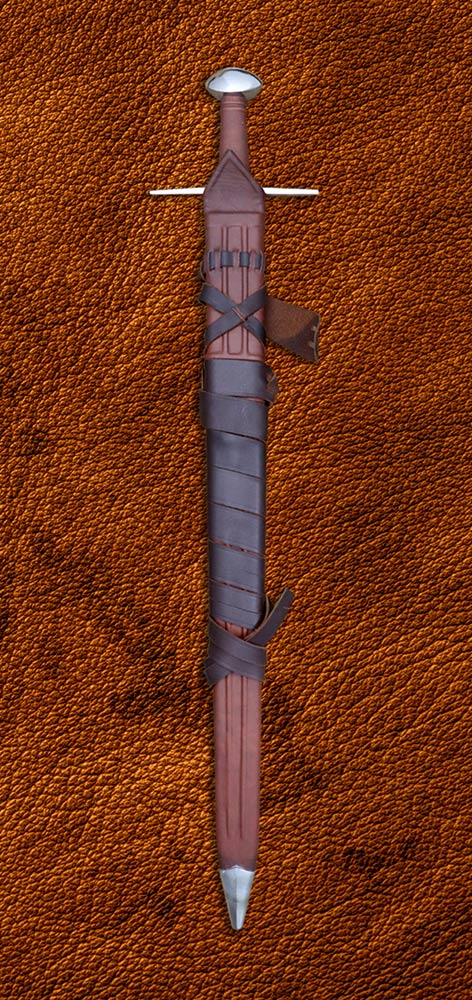
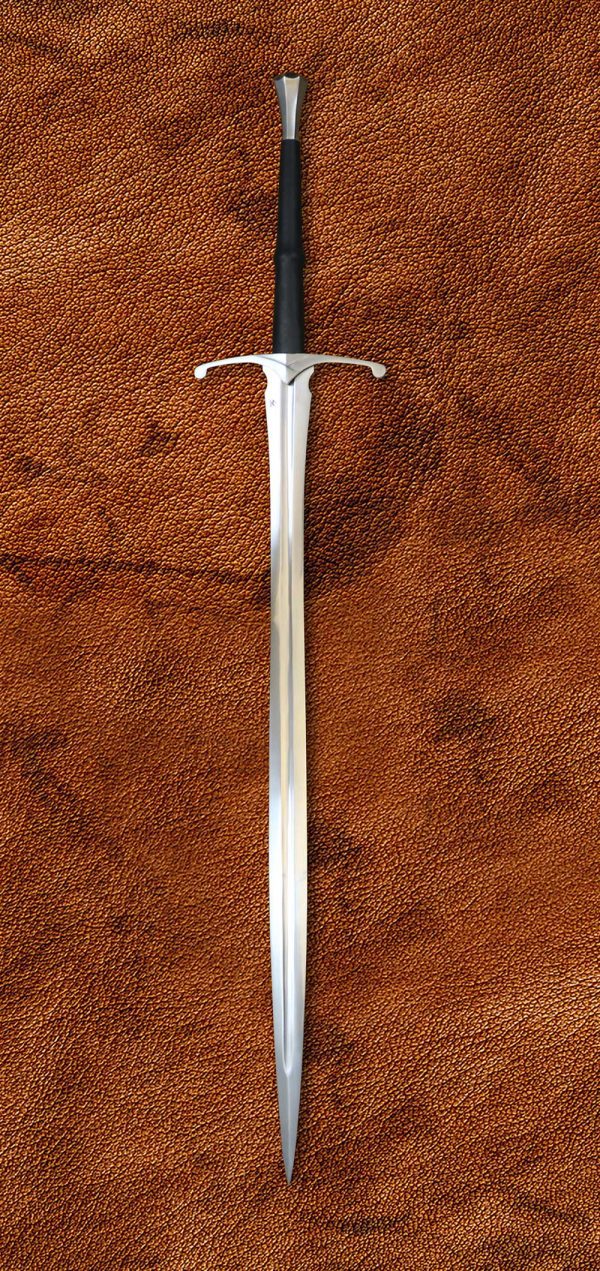
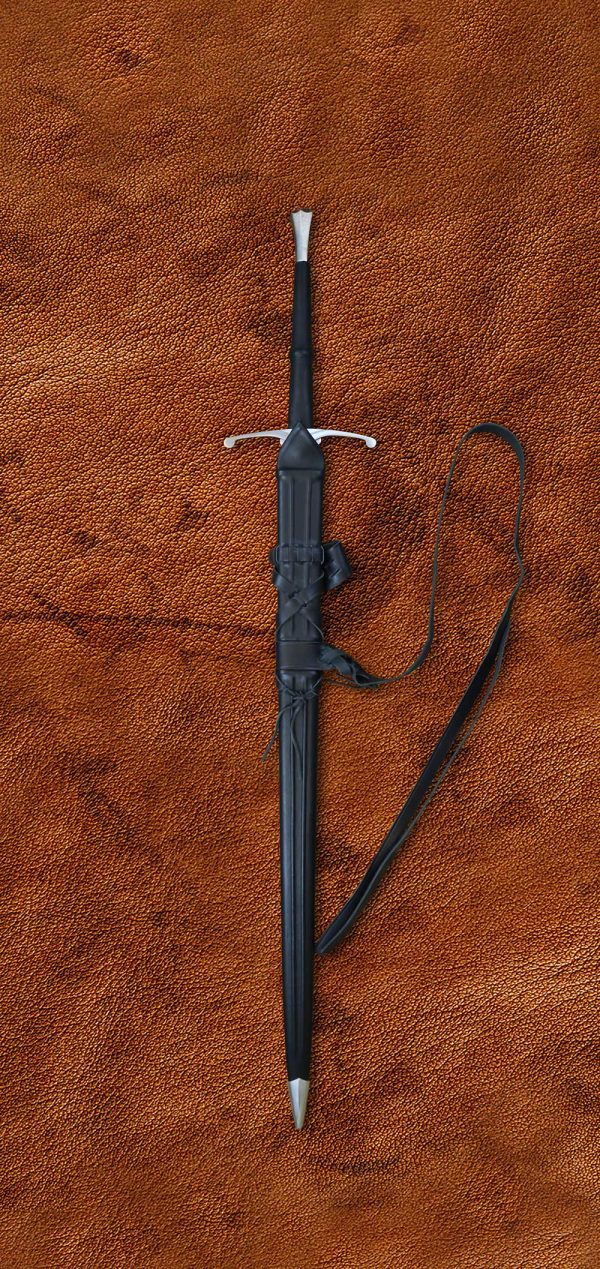
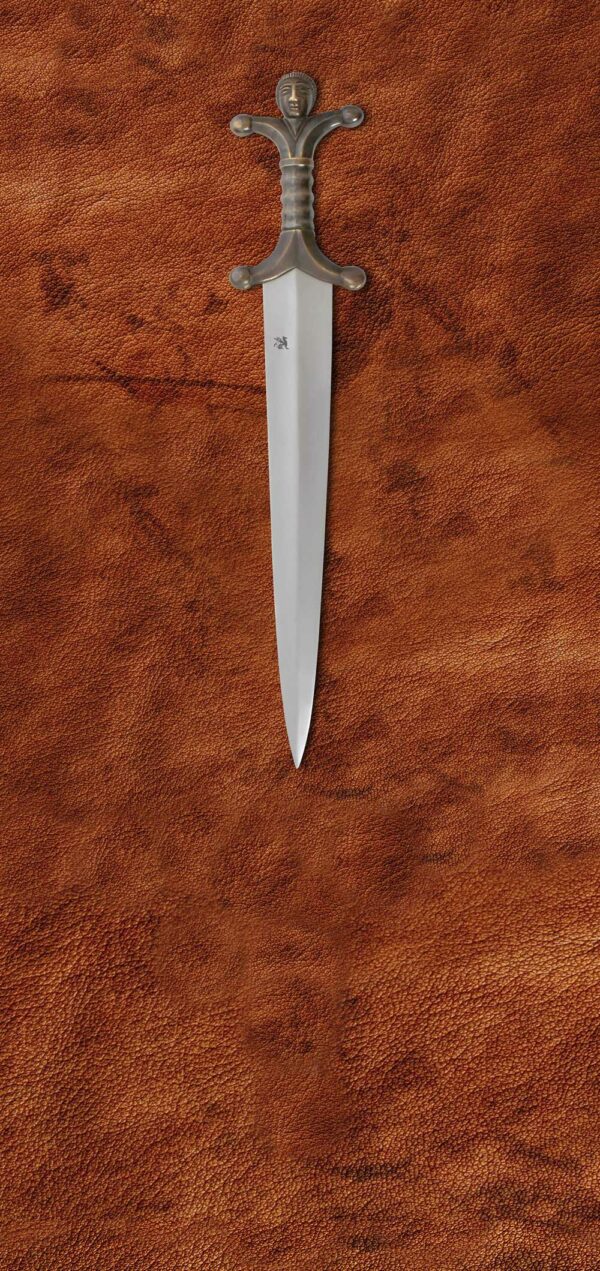
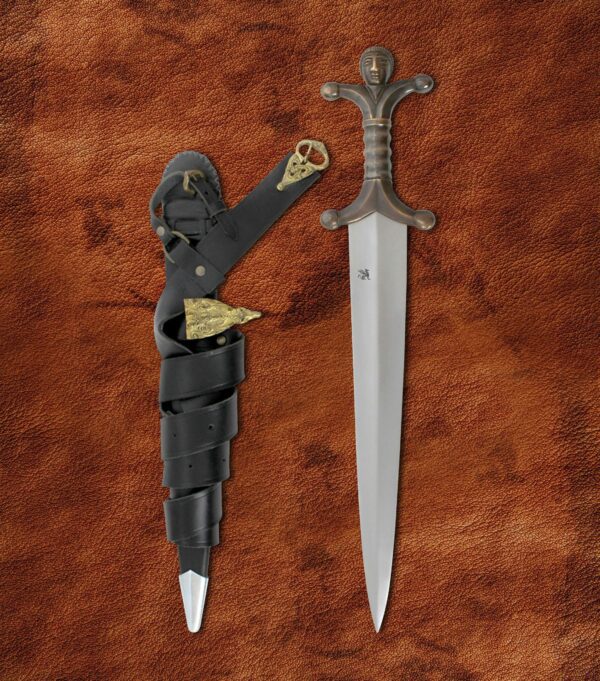
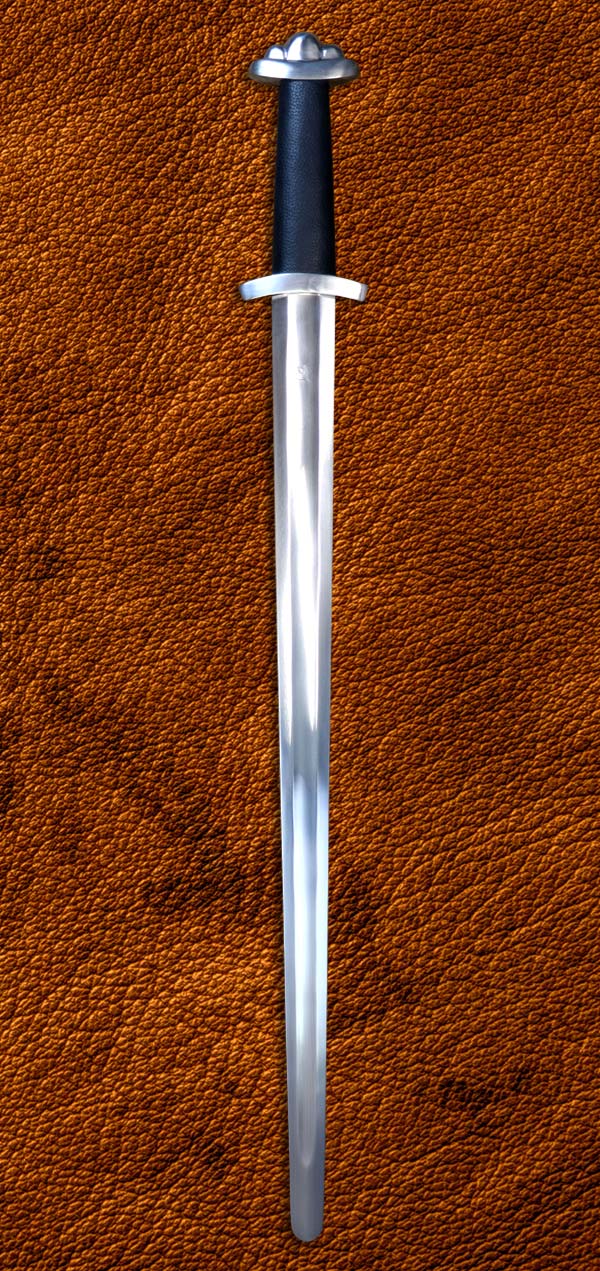
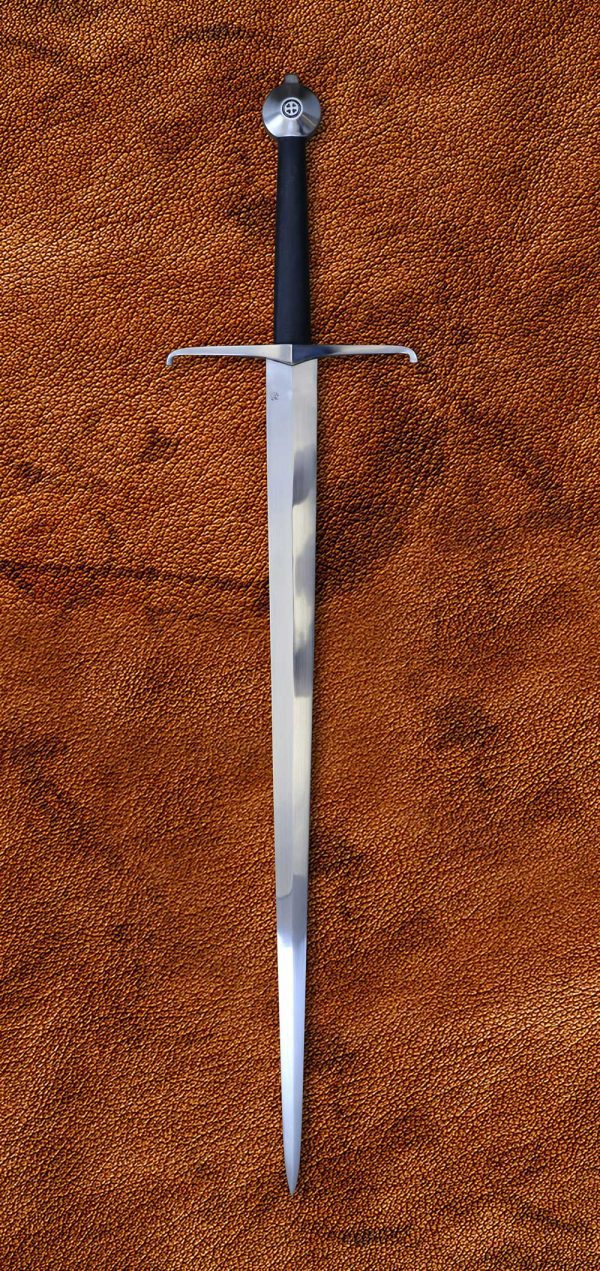
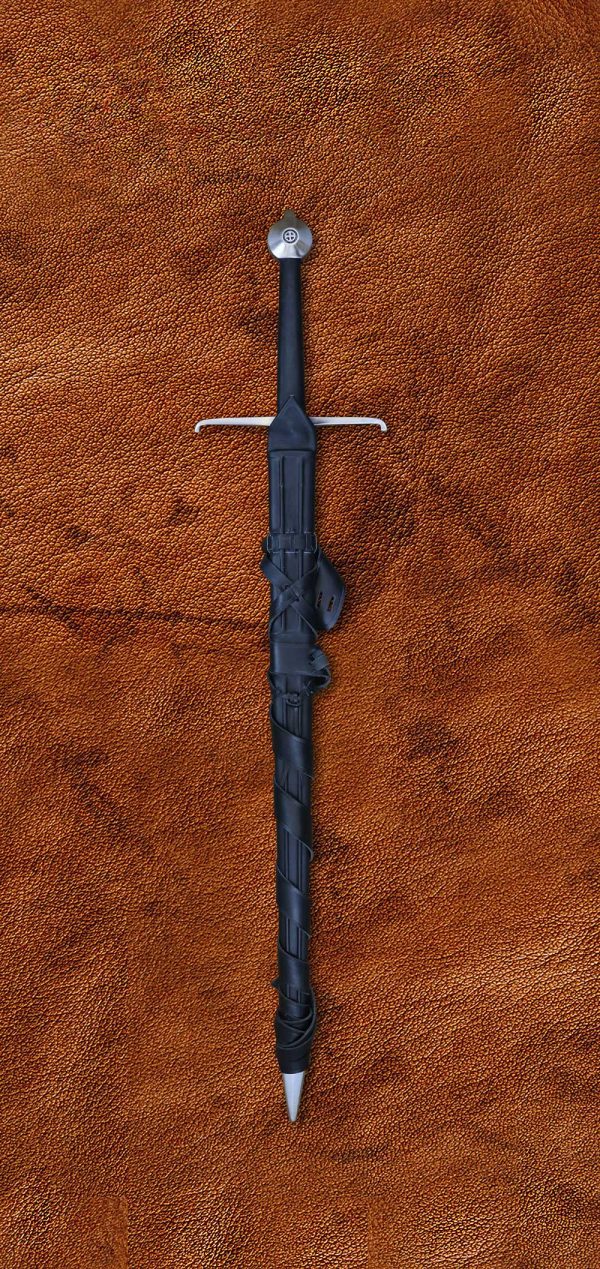
Reviews
There are no reviews yet.